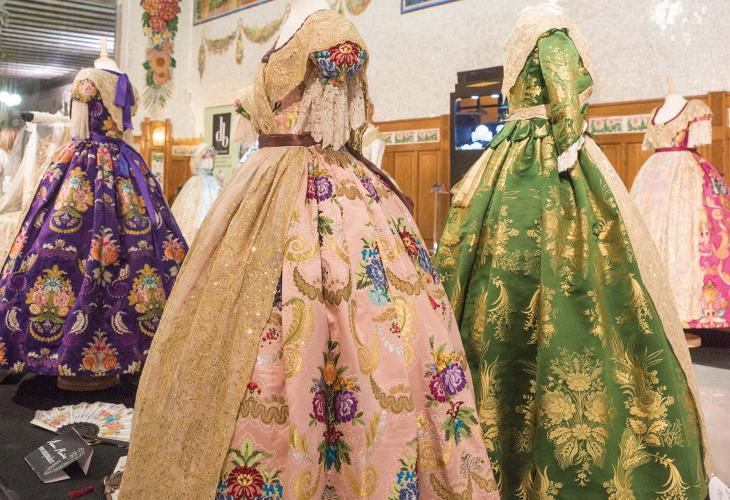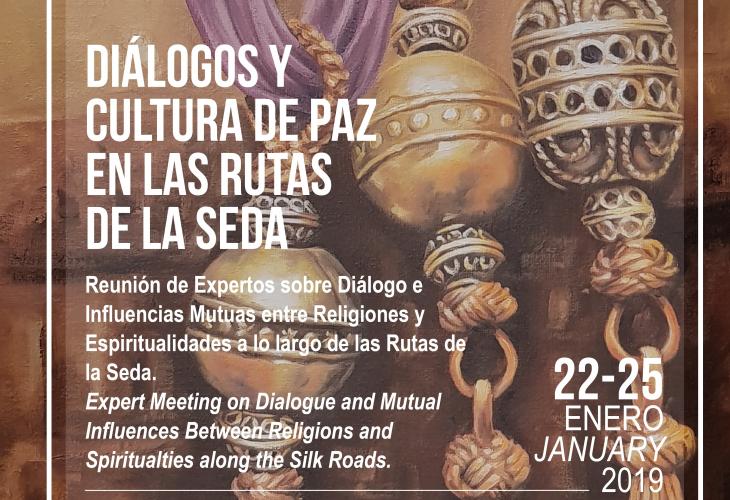Ilseongnok: Records of Daily Reflections
© Kyujanggak Institute for Korean Studies, Seoul National University
Ilseongnok, "Records of Daily Reflections," originated from the diaries kept by King Jeongjo, 22nd monarch of the Joseon Dynasty (1392-1910), from before his ascension to the throne in which he reflected on his daily life and academic progress. After his accession, it was transformed from the personal diary of a monarch to an official daily journal of state affairs.
Hunminjeongum Manuscript
© Cultural Heritage Administration of the Republic of Korea
The manuscript published in the ninth lunar month of 1446, contains the promulgation by Sejong the Great, the fourth king of the Choson Dynasty (reigned 1418-1450), of the Korean alphabet of the same name, now called han-gul, the development of which he completed in 1443. It also contains the Haerye, or Commentaries, later explanations and examples by scholars of the Hall of Worthies, including Chong In-J'is So, or Postface.
Huang Di Nei Jing 《黄帝内经》 (Yellow Emperor’s Inner Canon)
© The National Library of China
Huang Di Nei Jing (《黄帝内经》Yellow Emperor’s Inner Canon) is the earliest and most important written work of Traditional Chinese Medicine. It was compiled over 2,200 years ago during the Warring States period (475-221 BC) and is regarded as the fundamental and most representative medical text. The version nominated for inscription in the Memory of the World Register was printed and published by Hu's Gulin Sanctum in 1339 using the woodblock-printing technique.
Hikayat Hang Tuah is regarded as a Malay literary classic and a traditional Malay epic. This folk tale has been proudly recounted to generations of Malays. It is recognised as a national literary classic which is well-known not only amongst the Malays but also to the people in the Malay Archipelago. Much studies have been made on this manuscript by local and foreign researchers.
The Lantern Festival
© UNESCO
The Lantern Festival (Upper Yuan Festival) is the 15th day of the Lunar New Year, usually in February or March of the Gregorian calendar. As early as the Western Han Dynasty (206 BC - 25 AD), it became a festival of great significance.









